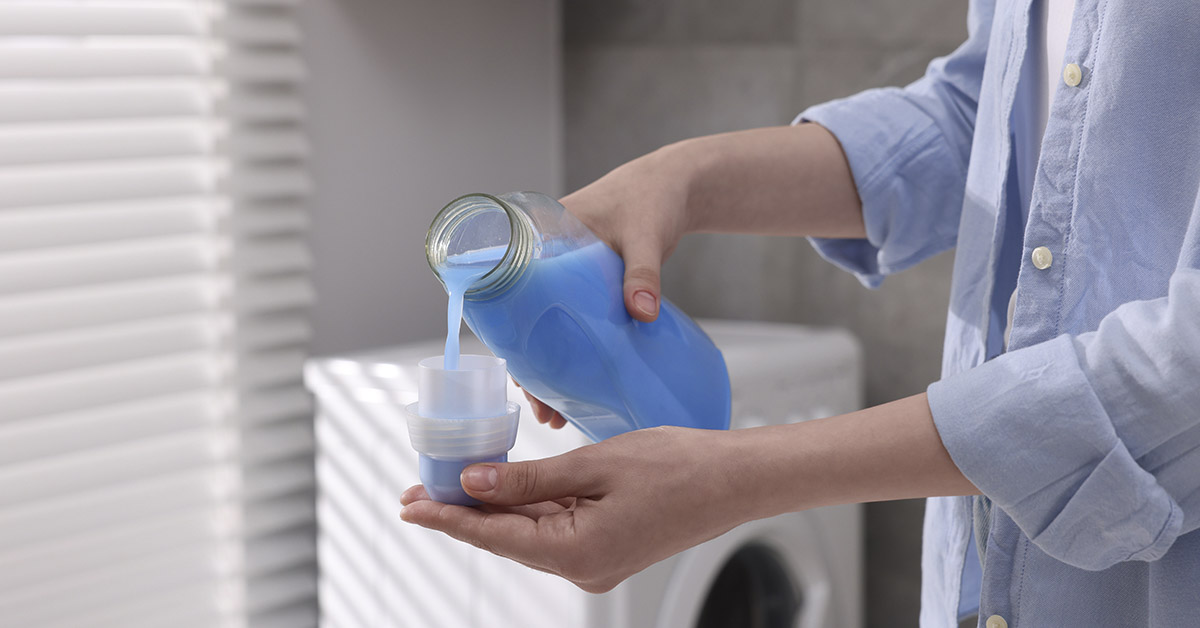One of the most comforting scents must be the smell of freshly laundered clothing. However, fabric softeners are actually among the highest indoor air pollution sources. This is because they emit VOCs (volatile organic compounds) that can potentially harm your health. Fabric softener air pollution is very common, yet not often addressed. To learn how fabric softeners affect indoor air quality and a few tips to improve air quality at home naturally, keep reading below.
Are Fabric Softeners Toxic?
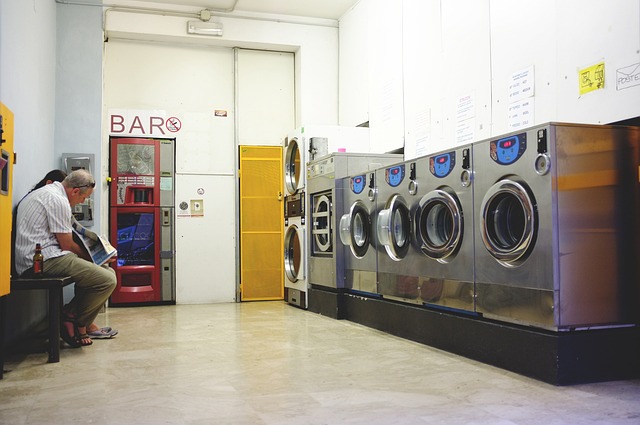
VOCs are the gases that certain liquids or solids emit, such as detergents and fabric softeners. What’s more concerning is that these volatile organic compounds are very reactive. This means they can easily combine without other airborne pollutants and produce harmful substances. VOCs such as benzene and acetaldehyde have been proven to cause irritation to the respiratory system. Additionally, they have been shown to contribute to the development of serious health conditions, including cancer.
The Health Risks Associated With Fabric Softener Air Pollution
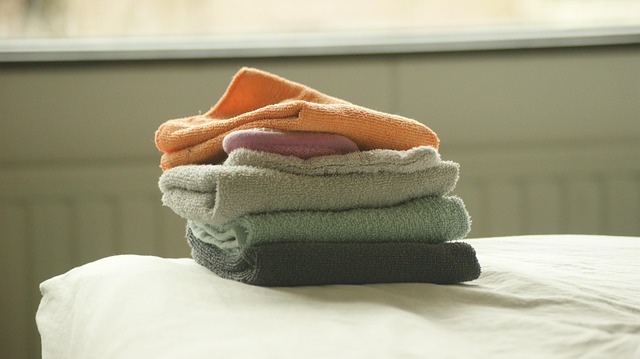
Studies have revealed that prolonged VOC exposure may result in asthma exacerbations, coughing, and other respiratory issues. They have also been shown to have certain neurological effects, including dizziness and headaches. There are also long-term risks due to the prolonged exposure to carcinogenic compounds. Not only are VOCs among the primary indoor air pollution sources, but they are also very bad for the environment in general. They play a large part in the formation of smog, which affects humans and our environment alike. Some chemicals in fabric softeners can also disrupt hormone control, potentially impacting an individual’s overall health.
How Fabric Softeners Affect Indoor Air Quality and the Environment

It’s not just that the VOCs can potentially damage your health; they cause damage to our environment too. The large-scale use of products that contain VOCs heavily contributes to the pollution of soil, water, and air alike. Fabric softener air pollution starts inside your home, but then the VOCs exit through the dryer vents and windows. There are all types of harmful chemicals in the synthetic fragrances and surfactants inside fabric softeners. These end up in our waterways via the wastewater pumped out of the machine while doing your laundry. Very often, these products contain compounds that don’t completely biodegrade, further threatening our ecosystems.
Safer Alternatives to Fabric Softeners
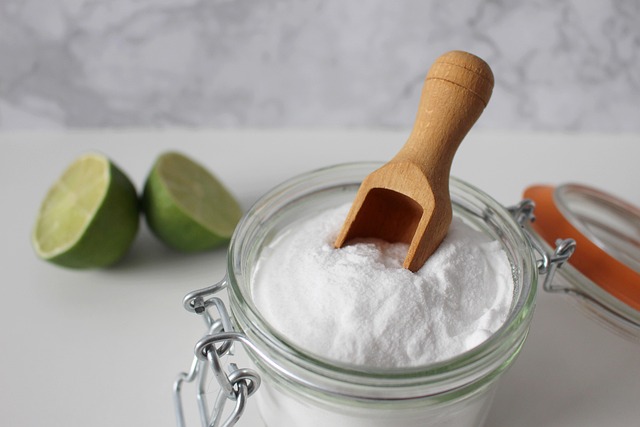
If you are concerned about how fabric softeners affect indoor air quality and are searching for safer alternatives, there are many things you can try. For one, there is distilled white vinegar. It eliminates soap residue, decreases static cling, and softens materials naturally. You can also try reusable dryer balls, which are suitable for most fabrics and can be used over and over for several years. Baking soda is another popular alternative, and you only require a small amount per load.
Read More: Is Laundry Detergent Toxic? 7 Questionable Ingredients to Look Out For
Reducing Your Exposure to Indoor Air Pollution Sources
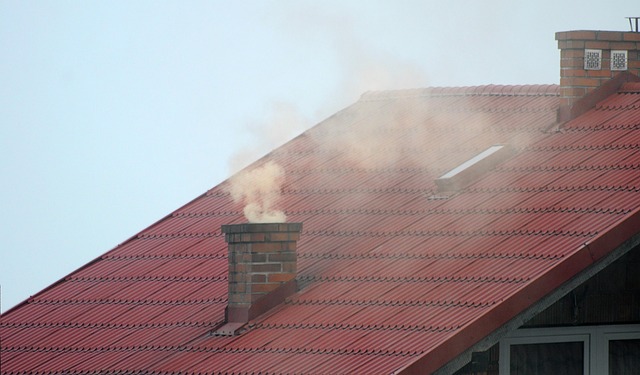
It’s a good idea to find out what’s actually in the products you use every day. Many household products include harsh chemicals that can be harmful to your health, particularly to your gut. Whenever possible, try to use natural alternatives. They are frequently just as effective without the added junk. Adding prebiotics and probiotics to your daily routine can also help maintain your gut health, which is essential when dealing with pollutants. Also, remember to let some fresh air into your home space. Crack open a window or turn on your fan to get rid of any lingering scents from cleaning sprays, paints, or new furniture. A little airflow can go a long way.
Tips to Improve Air Quality at Home Naturally

Keep chemicals in the containers they came in and out of the reach of the little ones. Proper storage decreases the likelihood of inadvertent exposure and contributes to improved indoor air quality. In order to be effective, vacuum and air conditioning filters must be cleaned or replaced on a regular basis. This significantly contributes to cleaner indoor air and limits exposure to harmful irritants. Even just keeping your home tidy and clutter-free can make a difference in air quality. Decluttering your home helps reduce dust and the collection of things that may emit dangerous chemicals.
Read More: How Safe are Dryer Sheets?
More Tips To Improve Air Quality

Certain indoor plants, such as peace lilies, spider plants, and snake plants, serve to filter pollutants from the air while adding a splash of green. To avoid mold and mildew, which can affect air quality, use a dehumidifier or add moisture-loving plants such as ferns. Tobacco smoke lingers and contaminates everything, so try to only smoke outside. To decrease your exposure to flame retardants and other chemicals, buy bedding, curtains, and furniture made from organic products, such as cotton, wool, or bamboo.
The Bottom Line
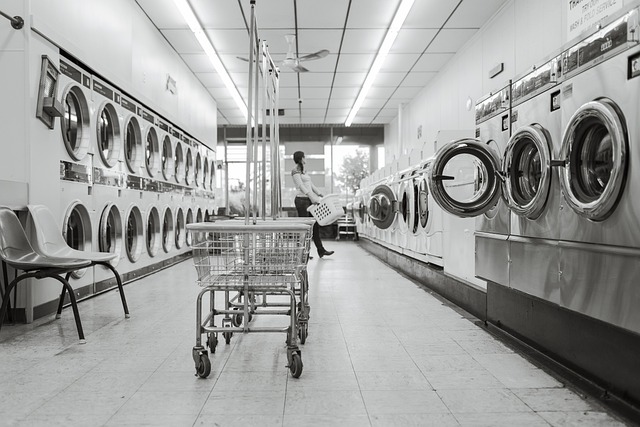
Fabric softeners may make your clothing smell good, but they can also pollute the air in your house with dangerous VOCs. These invisible toxins threaten not just your respiratory and long-term health, but also the ecosystem. Fortunately, there are safer, natural options such as vinegar, baking soda, and dryer balls that do the job without posing dangers. You and your family may live in a healthier, cleaner environment by being more conscious of the goods you use, optimizing ventilation, and adding air-purifying plants. Small changes in your habits can have a major impact on the air you breathe.
Read More: Why you don’t need fabric softener
